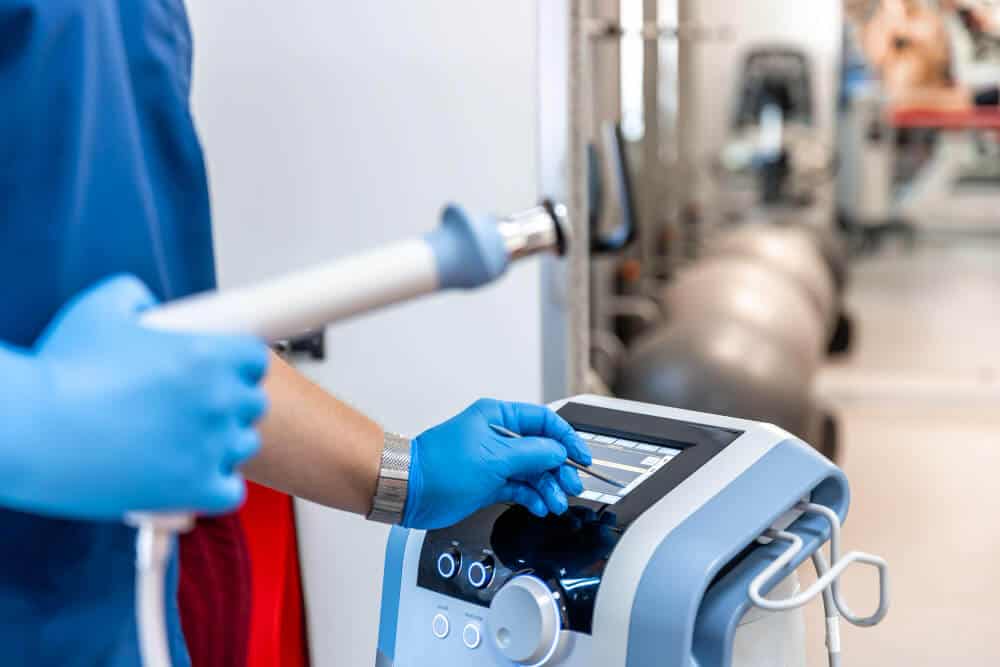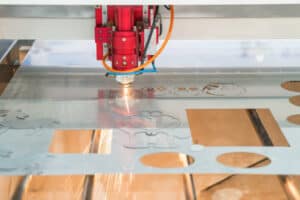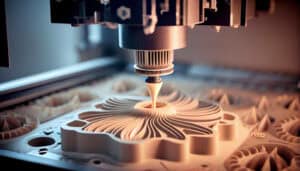When it comes to medical devices, every mistake can make the difference between therapeutic success and a life-threatening failure. In an industry where there is no room for deviation, ISO 13485 serves as a critical line of defense. It defines what quality is, how to maintain it, and how to prove it at every stage of production.
Whether it’s a simple syringe or a complex heart device, every component must meet strict and controlled standards. This is where ISO 13485 comes in: an international quality standard based on principles of risk management, complete traceability, and uncompromising control over the entire chain of production, supply, and technical support.
The standard helps companies meet regulations, but not only that. It creates a competitive advantage, opens doors to new markets, and lays a solid foundation for trust from customers, physicians, and regulators.
What is ISO 13485? – Fundamentals and Definitions
ISO 13485 is an international quality standard for managing quality systems in the medical device industry. It was first published in 2003 and updated to its current version in 2016, in order to align with stringent global regulatory demands, technological advancement, and contemporary medical standards.
The standard is built on ISO 9001 principles but differs significantly in several key areas:
-
Focused solely on the medical industry.
-
Requires systematic risk control as an integral part of the process.
-
Emphasizes documented traceability at every stage – from design to post-sale service.
-
Mandates compliance with different regulatory requirements depending on the target market (such as CE in Europe or FDA in the USA).
ISO 13485 is designed to ensure that behind every medical product there is supervision, testing, documentation, and a response to any quality deviation. The standard defines a mandatory framework for stability, safety, and continuous improvement.
Standard Requirements and Practical Applications
ISO 13485 defines a strict set of requirements aimed at ensuring that every stage in the development, production, and delivery of medical devices is conducted under full control. Below are the key requirements and how they are implemented in practice:
-
Quality Management System (QMS): The standard requires the establishment of a documented quality system that includes procedures, metrics, and clear areas of responsibility for the quality team, as well as for any department involved in production.
-
Document Control: Every document (specification, change, malfunction, or update) must be managed in an organized system with full traceability. The documentation is not only required, but is also reviewed during audits.
-
Risk Management: According to the standard, risks must be analyzed, evaluated, and monitored throughout the product’s life cycle. The common method is FMEA – Failure Mode and Effects Analysis.
-
Clinical Testing and Validation: Before market release, every medical product must go through validation processes and demonstrate resilience under defined conditions. For component manufacturers, this includes compliance with specifications and final usage conditions.
-
Change Control and Fault Tracking: Any change in process, material, or supplier requires impact analysis, documentation updates, and in some cases repeated testing. In addition, complaints and field malfunctions must be managed as an integral part of the QMS.
Companies that fully implement the standard operate under a strict quality regime that ensures rapid response capability, full process control, and consistent improvement over time.
The Importance of the Standard in Manufacturing Medical Components
In the medical device industry, even the smallest component carries critical weight. ISO 13485 ensures that every part, of any kind, is tested and manufactured to a strict standard of precision, repeatability, and safety.
Take medical springs for example. These components may seem simple but are required to operate with millimeter-level precision, over time, inside a living body or in a sterile environment. Whether it’s a spring integrated into a syringe, laparoscopic equipment, or a heart valve, any deviation in dimensions or material properties can lead to device failure and endanger a patient’s life.
The standard serves as a protective system that ensures every spring meets defined mechanical, environmental, and biological requirements. Manufacturers engaged in producing springs for the medical industry must not only meet the design criteria but also demonstrate consistency over time.
Without this level of quality control, it is impossible to manufacture components intended to function inside the human body or integrate into life-critical equipment.
Advanced Manufacturing Processes in ISO 13485 Standard
To meet the standards of ISO 13485, manufacturers use advanced manufacturing technologies that allow for maximum control over quality, dimension, and process stability.
One of the most central is CNC machining – a technology based on computerized control that enables cutting, turning, and drilling at extremely high precision levels, down to thousandths of a millimeter. This is critical for components intended to be implanted in the body, operate in sterile environments, or function within invasive devices.
CNC processes also enable:
-
Precise repeatability over thousands of units.
-
Processing of biocompatible materials such as titanium, medical-grade stainless steel, or advanced polymers.
-
Production of complex geometries that cannot be achieved with traditional technologies.
Many companies in the industry hold dual certification: both ISO 9001 for general quality management and ISO 13485 for the medical field. This way, they can meet the needs of clients from various sectors and comply with strict regulation in any target market.
Business Advantages of ISO 13485 Certification
Certification to ISO 13485 is a regulatory requirement, but also a strategic business move. Companies with certification demonstrate to clients, regulators, and investors that they can deliver consistent quality under the most stringent conditions.
Some of the key advantages:
-
Access to international markets – The standard is recognized by regulatory authorities worldwide (FDA, CE, etc.) and opens the door to participation in tenders, partnerships, and entry into global markets.
-
Trust from clients and medical institutions – Clients in the medical industry prefer working with certified suppliers, as a basic minimum for professional reliability and safety.
-
Reduced legal risks – A controlled quality management system provides full documentation in case of malfunctions, lawsuits, or recalls, thus reducing the company’s legal exposure.
-
Improved internal processes – Transitioning to the standard requires process improvement, defining procedures, and embedding a culture of continuous improvement. This positively impacts all departments in the organization.
However, it is also important to understand the challenges:
-
Significant time investment – Achieving certification requires planning, team training, repeated testing, and implementation of a comprehensive documentation system.
-
Direct costs and ongoing maintenance – Beyond the cost of certification itself, there are additional costs such as measurement equipment, periodic audits, and long-term maintenance of the quality system.
Admati Agencies and Compliance with ISO 13485 Standards
At Admati Agencies, quality standards are a way of doing business. With over 16 years of experience in the medical, defense, and industrial sectors, we are committed to providing our customers with components and subsystems that meet the highest standards, including ISO 13485.
We implement the standard in practice, at every stage:
-
Advanced quality assurance department – Equipped with high-level measurement tools, including CMM machines, height gauges, calipers, and micrometers for precise control of every component.
-
Full process tracking – From initial engineering, through testing and measurements, to documentation, recordkeeping, and fault analysis.
-
Focus on medical springs – We specialize in solutions for medical device manufacturers, including springs for the medical industry.
-
A wide variety of products and services – Over 10,000 active items manufactured and supplied for more than 500 clients in Israel and worldwide, including custom engineering services.
-
Sourcing and manufacturing in Southeast Asia – Including oversight, quality control, and compliance with dual standards – ISO 9001 and ISO 13485.
At Admati, we do not compromise on quality, because we know our clients cannot afford to. Interested? Contact us for details or a price quote.




